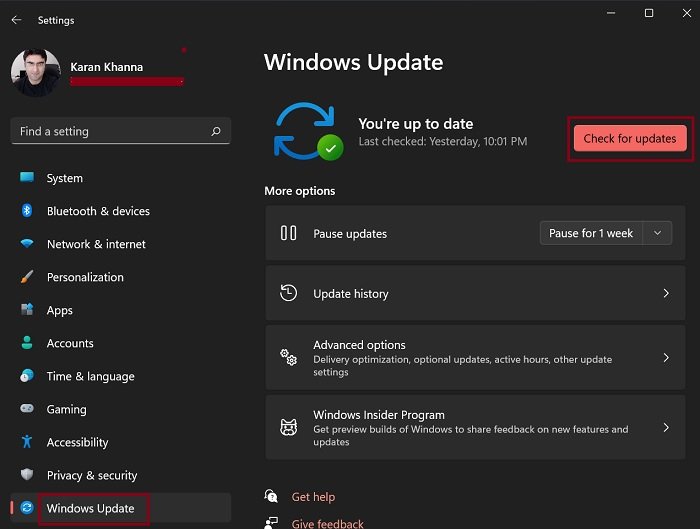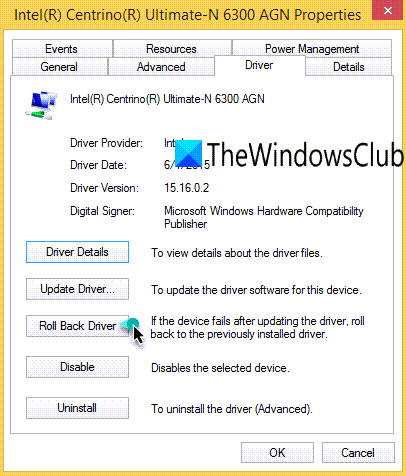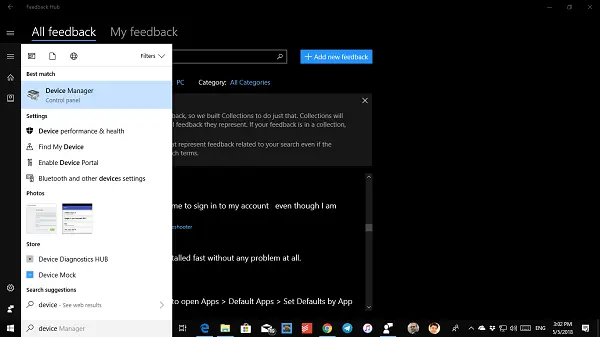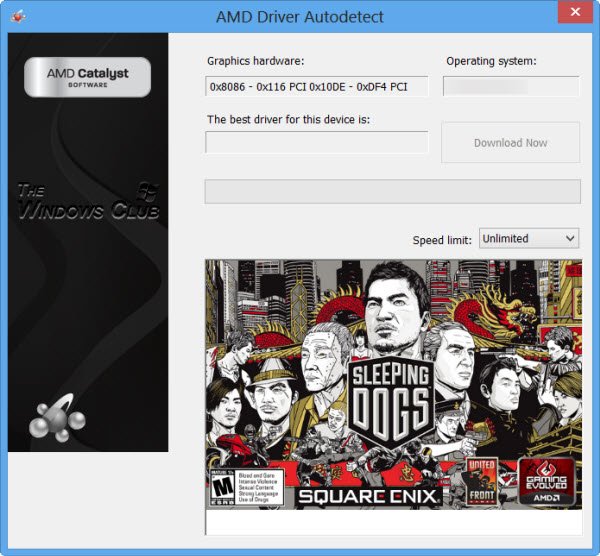In case your AMD graphics card (AMD Radeon HD 2000, 3000, and 4000 series adapters) has stopped working properly after a Windows Update here is the fix. You will either have to install a preferred Windows Update or remove it and roll back to an older version of the same. The worst affected things after any Windows Update are Display Drivers. Some of the users who have AMD Radeon video cards installed on their PC have reported display problems, specifically with AMD Radeon HD 2000, 3000, and 4000 series adapters. Options for preferred resolution and the ability to use multiple monitors have gone missing, as Windows is now using Microsoft Basic Display Driver. In this guide, we will help you to fix display problems with AMD Radeon video cards.
Fix Display problems on AMD Radeon video cards in Windows 11/10
If you face this issue, do the following:
- Install Windows 10 Update KB4057291
- Rollback to the old Driver
- Reinstall the recommended Driver
- Use AMD Driver Autodetect
1] Install Windows 10 Update KB4057291
It is always recommended that drivers be installed through Windows Update.
For Windows 10 users, the company has rolled out a fix for the incorrect driver through the Windows Update KB4057291. It automatically installs a driver to restore the multi-monitor display and resolution control capabilities.

Go to Start > Settings > Update & security, then Check for updates and install the update to resolve your issue. In case you still don’t find it, you can also go to the Microsoft Update Catalog website to install the update.
2] Rollback to the old Driver

- Search for Device Manager in Start Screen, and open it.
- Expand Display adapters, and right-click on the adapter that has the problem, and then select Properties.
- Switch to the Driver tab, and see if you have the “Roll Back Driver” option enabled.
- If yes, try it and it might take you to the right version.
3] Reinstall the recommended Driver
If Windows Update is unable to resolve the problem, you will have to follow a crude method to delete the driver from the system and install the recommended driver.
Search for Device Manager in the Start Screen and open it. Expand Display adapters, right-click on the adapter with the problem, and then select Properties.
Switch to the Driver tab and verify if the driver version is 22.19.128.0. If yes, select Uninstall Device.
Now check the box that says, “Delete the driver software for this device.” It will make sure that in future, no problematic driver will be installed.
The computer will restart. Once the system is online, reopen Device Manager. Select any device, then click Action > Scan for hardware changes.
You may have to repeat the steps multiple time unless Windows quits on driver version is 22.19.128.0, and installs the recommended driver 8.970.100.9001.
The chances are that this will resolve your issue, if not, you may have to report it using the Feedback Hub.

Next, Go to Start > Settings > Update & security, then Check for updates and install any available updates.
That said, here is a tip from my personal experience. Go to Settings > Update & Recovery > Troubleshoot. Here you have tons of options to fix problems with Windows 11/10. You can choose to run “Hardware and Devices” and it may work for you.
Read: How to update Graphics Drivers in Windows
4] Use AMD Driver Autodetect

AMD Driver Autodetect will detect your machine’s graphics card and Windows operating system. If there is a new driver available, the tool will download it with a click of a button and start the installation process. The auto-detect tool gives you the option to download the latest official driver.
All the best!
How to fix AMD Display driver issue?
To fix AMD display driver issues, open Device Manager, locate your GPU under “Display adapters,” right-click, select “Properties,” and go to the “Driver” tab. From there, choose “Roll Back Driver” if available. This can help resolve conflicts with newer driver versions.
How do I reset my AMD Display settings?
To reset your AMD Display settings, click the Start button, type “AMD Software,” and open the app. In the search box, type “Factory Reset” and select “Factory Reset – System Settings” from the results. This will reset your display settings to their default configuration.
Leave a Reply